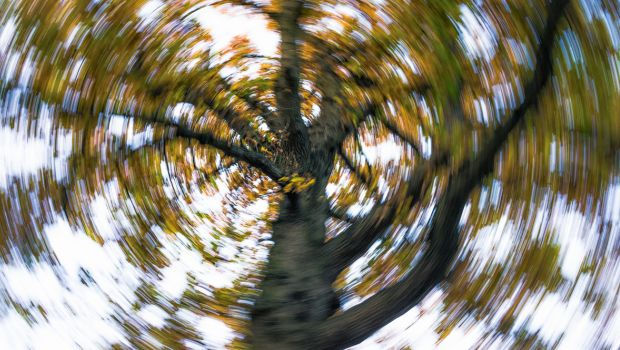Vestibular examination - Videonystagmoscopy (study of vertigo )
In recent years, vestibology, a discipline that studies the pathologies of the vestibular system (especially vertigo ), has implemented physiopathological and clinical knowledge leading to more precise diagnoses and targeted therapies. The study of vestibulopathies begins with the collection of the patient's anamnestic symptoms and any associated underlying pathologies (proximate and remote pathological anamnestic), integrating this data with the vestibular examination.
Videonystagmoscopy is an integral and fundamental part of the vestibular or otoneurological examination.
The vestibular system is intimately connected with eye movements: the study of the latter provides valuable elements for the diagnosis of the nature and location of the underlying pathology.
The test is performed by having the patient wear a mask, which creates a dark environment (to prevent eye fixation movements), with an infrared camera inside that can perfectly visualize the eyeballs.
Subsequently, diagnostic maneuvers are performed to evaluate the presence of nystagmus (particular eye movement) and its characteristics (degree, direction, duration, speed, etc.).
The operator monitors everything on a monitor and records the examination to review details that may raise doubts at first glance.
The examination is painless for the patient. However, in the presence of particular forms of vertigo (such as benign paroxysmal positional vertigo) transient vertiginous episodes may occur in certain positions: these episodes are followed by therapeutic maneuvers that lead to the patient's recovery, in most cases already at the first maneuver.




